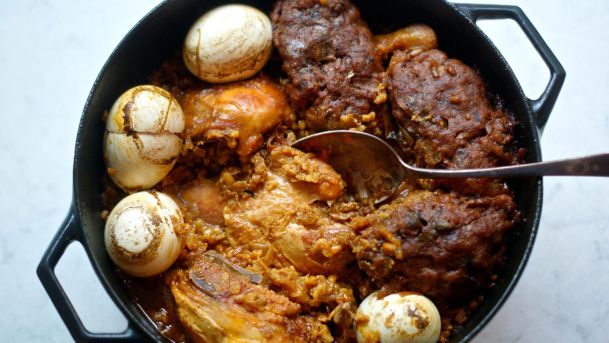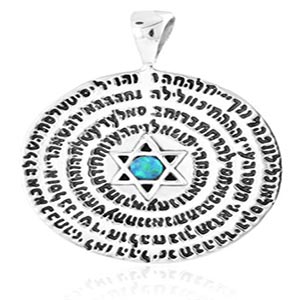No products in the cart.
Recipes
Israeli Cuisine
The Origins
A lot of Israeli food is related to the Jewish holidays and their customary dishes, traditions and stories of the festivals. Passed down through the generations, the recipes for blintzes (Shavuot) and latkes (Hanukkah) and other special recipes are now integral. Below is a description of the major cuisines of the region.
Ashkenazi cuisine
The ashkenazi cuisine is the set of culinary customs of the Ashkenazi Jewish people, who are or descend from the Jewish people of German, Russian or Central European origins.

The Ashkenazi developed their own language, Yiddish, combining terms from different German dialects with some of Slavic and Hebrew origins. Typical ashkenazi food has European influences, and some of the most important dishes include borscht , knishes. guefilte fish, krepalach…
Sephardic cuisine
Sephardic cuisine is the culinary customs of the Sephardic Jewish people. These people descend from the Jews of Spain, Portugal, the Mediterranean coast of Africa, and the territories comprising the former Ottoman Empire. Its characteristics are intimately linked to the practices of Judaism that are integral to the Mediterranean gastronomy. Because of their use of ingredients from this area of Europe, they add a tint of mysticism to the traditional recipes.

Sephardi cuisine emphasizes salads, stuffed vegetables and vine leaves, olive oil, lentils, fresh and dried fruits, herbs and nuts, and chickpeas. Meat dishes often make use of lamb or ground beef. Fresh lemon juice is added to many soups and sauces. Many meat and rice dishes incorporate dried fruits such as apricots, prunes and raisins. Pine nuts are used as a garnish.
Some of the most important dishes include chraime, hamin, stuffed pepper …
Israeli cuisine

Most Israeli cuisine consists of the local dishes of the native people of Israel and dishes brought to Israel by Jews from the diaspora. Israeli cuisine has adopted, and is still adopting elements of various styles of Jewish and Levantine regional cuisine, in particular Sephardic and Ashkenazi cuisine styles. It incorporates many foods that are traditionally eaten in Middle Eastern and Mediterranean cuisine. Foods such as falafel, hummus, shakshouka, couscous, and za’atar are now widely popular in Israel.
Conclusion
Other influences in their cuisine come from the availability of common foods in the Mediterranean region. This especially includes fruits, vegetables, dairy products and fish.
The distinctive traditional dishes and festival foods stand out. Foods relevant to keeping kosher and Shabbat tradition are also important. This includes challah, jachnun, malawach, stuffed fish, hamin and sufganiyot.
There are various new dishes based on agricultural products now appearing. Oranges, avocados, dairy products and fish, and others based on global trends, have been introduced in recent years. Chefs trained abroad have also brought elements of other cuisines.








Lovely Toda Raba b’ahavah
Thank you